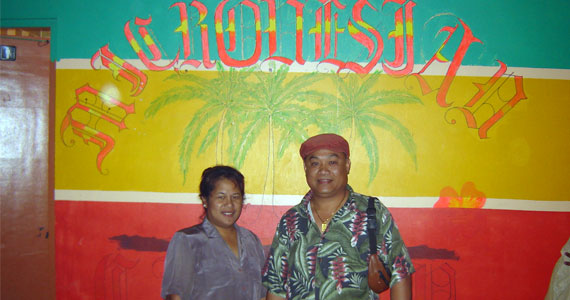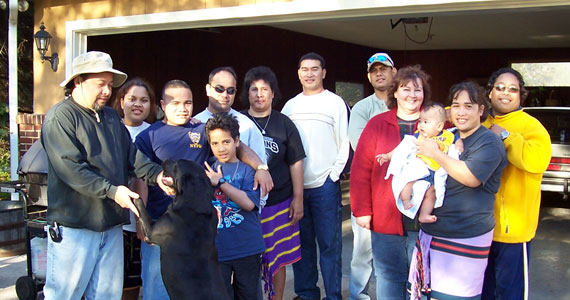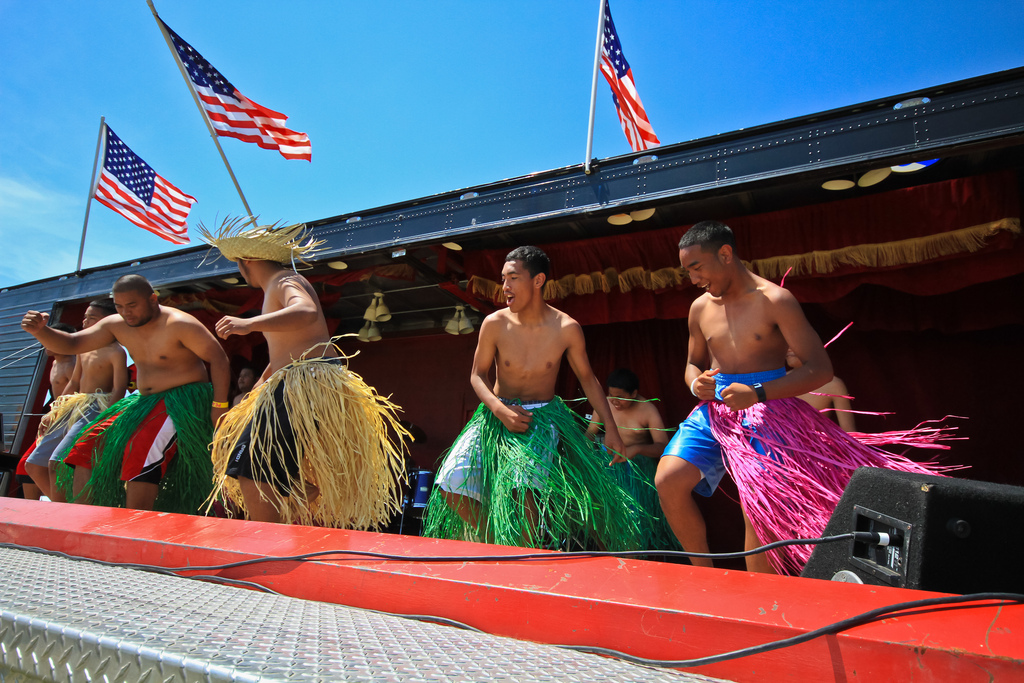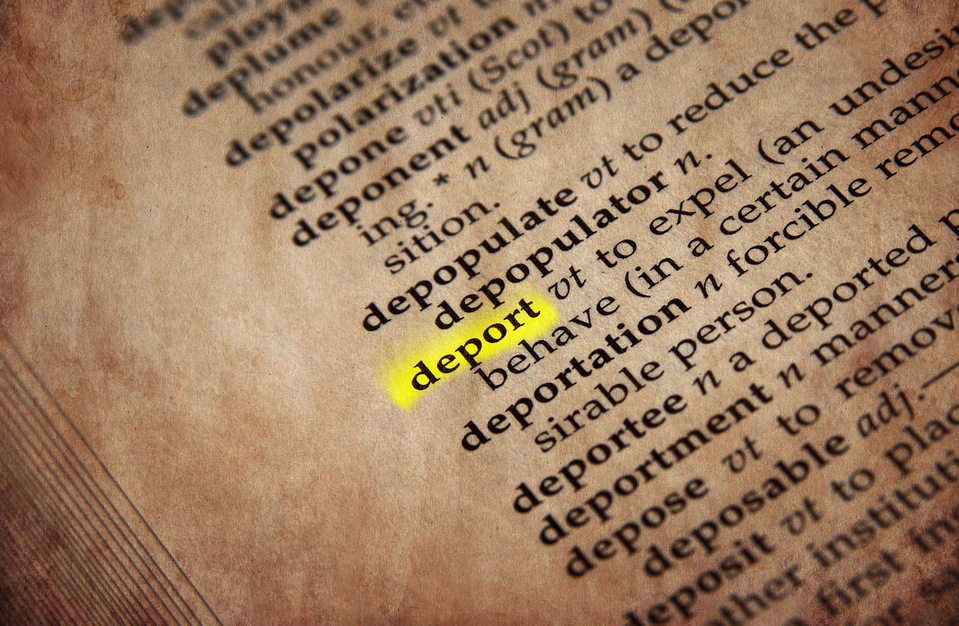The Missing Micronesians
Last year at this time, a group of us had just begun our survey of the ?missing Micronesians,? as one of the MicSem videos put it: those people from FSM who had left their islands to find a home abroad. On this blog, some months ago, I posted a few paragraphs on the results of the survey. ?The full report of the survey is available through the FSM National Government, and within a few months the East-West Center should be publishing a monograph on the subject.
Since last year at this time, another 2,100 people from FSM have left with their one-way tickets for the US and its territories. During the same period of time, an estimated 1,100 babies have been born to FSM people living in the US. So, over 3,000 people who would have been residents of the FSM have been added to the total of ?missing Micronesians.?? And, unless there is a big change, we?ll have another 3,000-plus people in that category next year, too.
This isn?t all bad, of course. Many of those who left FSM have found jobs abroad that they?couldn’t?have easily found at home. Not too many years ago, employment in the islands was increasing by a thousand or two every five years. But the latest FSM census figures show that the number of jobs there has dropped by over 600 between 2000 and 2010. So what does the father of a family who needs a salary to support his family do?
The answer is to create more jobs at home, right? But this is easier said than done. Farming was supposed to be one of the anchors of development, but the largest exports today are betelnut and dried sakau?and these bring in just a few hundred thousand dollars a year. Commercial fishing has never taken off as planners hoped it would. Tourism is frozen in place; the number of visitors to FSM is no larger today than it was twenty years ago.
So for many the choice is simple: either live off the land (with no copra industry to provide spending money now and then) or head off to another destination where jobs can be found. That?s what brings thousands of people to Guam, Hawaii or the mainland US.
Under the circumstances, the FSM migrants are doing surprisingly well. I run into a few of the homeless here on Guam. ?Father, I need your help? they will call out as I?m heading for my car. But they are the minority, even here on Guam. Most of the people I meet when I say mass for the Chuukese and Pohnpeian communities have their own homes and manage to earn what they need to provide for their families. Some sell donuts at the Winchell?s just a block down from the cathedral rectory where I live. Two others are busboys at the Mexican restaurant just across the street. Others pump gas at the service stations on the island. They may not have glamorous jobs or high-end salaries, but they seem to be doing what they left home to do: support their families even as they adopt to a different kind of island life.
Meanwhile, FSM is faced with a few questions of its own. It has been attempting to build a bigger and better economy, but that is not easily done in a remote island nation that has few resources that it can market. Perhaps it should be looking at putting in place a policy that will convert these migrants into a resource for development. Not by taxing them, but by making sure that they remain culturally and emotionally connected to the islands from which they came. After all, they are sending money back to their relatives in the islands and so providing needed income. Kosrae, with its welcome to migrants to celebrate Christmas every four years, is ahead of the other states in this respect. Yap, with its annual Homecoming Day in addition to its Culture Day, is doing well. But where are the other states?
Finally, shouldn?t FSM be advertising its successes rather than just responding to criticisms of the welfare burden that migration imposes on Guam and Hawaii? Perhaps it?s time to tout the people who have made it in a culture that is not their own. Maybe it?s time for another video, not ?Missing Micronesians? but ?Micronesians Who Have Made It.?





